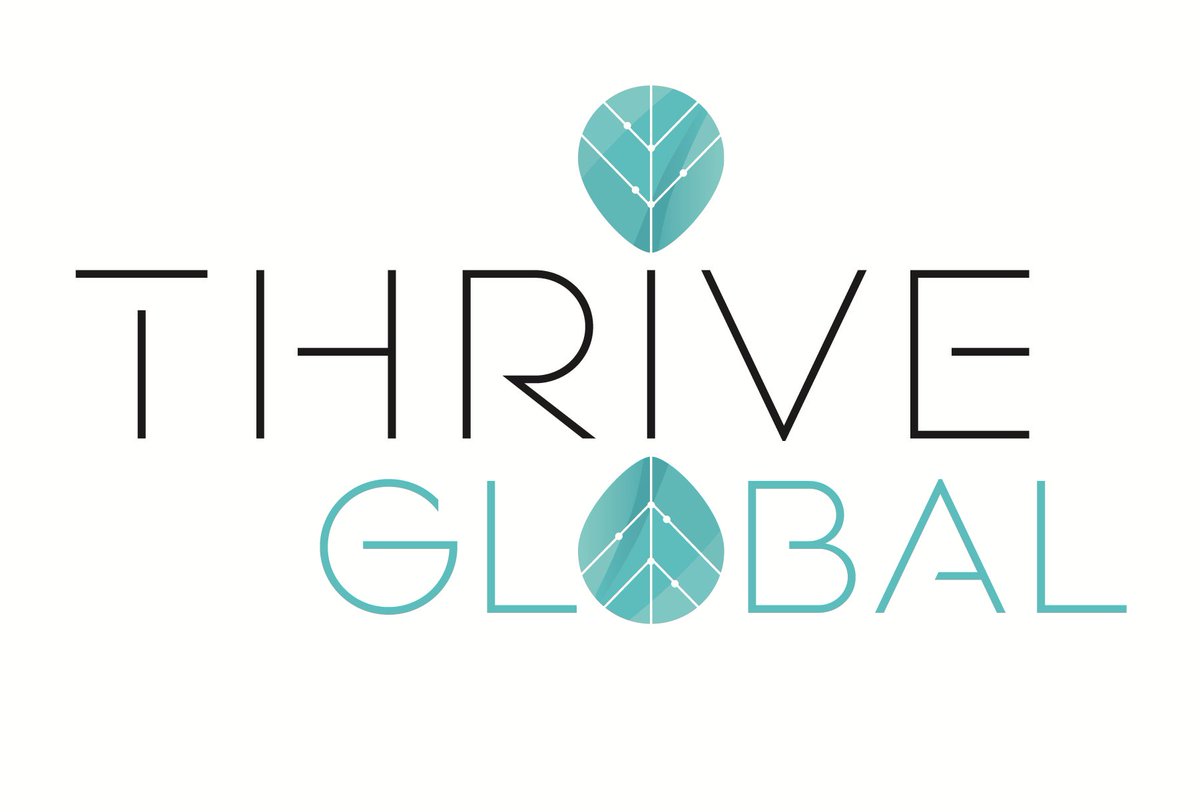Can your employees speak up freely?
I never get tired of asking this question. What frustrates me though, is getting the same response from CEOs: “Yes, of course” — their teams tell me quite a different story.
As a change instigator, I’m obsessed with silence — if teams don’t speak up or share their best ideas, how can your organization innovate and grow?
To build a culture of innovation, you must liberate the organizational voice.
Houston, we have a silence problem
Organizations cannot address a challenge they don’t know it exists. Employees are sensors––they detect issues and opportunities that their managers can’t see.
At Liberationist, among other things, we help organizations address silent problems — both the issues that no one is aware of and the ones they don’t want to talk about.
Silencing recurring problems makes things worse — frustration piles up. Also, when people don’t feel listened to, they start keeping their ideas to themselves.
Silence is the result of an interesting paradox. Most people believe they will speak up when something worrying or disturbing happens, but very few actually do.
Behavioral studies show that only 25% of people said something when a stranger cut in front of them in line — the majority complained to their neighbor or made dirty faces.
A similar study shows that 93% of people say their organization is at risk of an accident waiting to happen because people are either unwilling or unable to speak up.
So, why do people stay quiet?
Is silence a personality or a cultural issue?
There are two approaches to understand what drives organizational silence.
The personality perspective puts the emphasis on people — some individuals lack the disposition to stand up, while others are more naturally outspoken.
The situational perspective, on the other hand, blames it into the culture — people don’t speak up when the environment doesn’t provide psychological safety.
So, should we blame people or the culture?
In the end, culture overrides the influence of personality. As this Harvard Review Article explains:
- People with a low approach orientation spoke up when they thought it was strongly expected of them
- People with a high approach orientation were less likely to bring up concerns when they felt it was discouraged or punished
Research supports that culture plays a dominant factor in promoting silence (or not). However, to change people behavior, you must work at the intersection of both.
Why people keep their ideas to themselves
1. Reputation:
People worry they will be labeled as negative if they raise an issue, a study shows. No one wants to be the bearer of bad news — they know the messenger gets killed. Also, speaking up could potentially damage valuable relationships, not just their image.
2. Peer pressure:
The organizational voice is influenced by the perception that others will support us or not. Noelle‐Neumann’s spiral of silence explains how majority opinions become dominant over time. The fear — and threat — of isolation keeps minorities from being open and honest.
“The act of speaking out makes you alone.”
― Ravish Kumar
3. Unsupported management:
Most managers are not empowered to act on input from their subordinates because their bosses don’t support them in the first place. They are also pushed to focus on short-term issues as research shows. How can managers be more inclusive of new ideas when their organizations put them in an impossible, powerless situation?
4. Fear of retaliation:
Losing one’s job is the most pervasive fear at work. People are afraid that expressing their honest opinions could put theirs at risk. Instead of doing the right thing, they behave as it’s expected of them.
5. Skepticism:
Silence is not only driven by fear, but by inaction. What’s the point of asking people to share their ideas if nothing will happen? The belief that innovative solutions are always ignored or will never be implemented frustrates people — no one wants to waste energy or time.
Liberate your organizational voice
As a leader, you know you have to model behavior — you can’t expect your team to do something you don’t practice yourself. Are you candid with your team? Do you encourage honest feedback?
Psychological safety is the foundation of high-performing teams. In a safe space, people can share their thoughts, debate ideas, express candid feedback, or even challenge their managers’ perspectives.
A psychologically safe environment improves communication, collaboration, and business performance. When you build a fearless culture, people are no longer afraid to speak up.
Here are some behaviors to start liberating your organizational voice.
Make silence positive: Sometimes, the best way to change a behavior is to embrace it, instead of fighting it. Turn silence in a moment for reflection and inclusion.
Square’s silent meetings allow a team to review a document individually. After 30 minutes, the discussion starts. This practice not only prevents unproductive conversation but encourages participation from silent voices.
Shake things up: Groupthink is a byproduct of peer pressure. To promote innovation, you must weaken the status quo. Instead of fighting majorities, dilute their power.
Sororities and fraternities are known for cultivating conformity. Researchers recruited people from both groups to solve a murder mystery. Initially, they were placed in teams that belonged to the same groups. Then, they started adding an extra person to each team.
The outsider made the group feel agitated and uncomfortable by questioning initial assumptions. In the end, it doubled the groups’ chance of getting the right answer.
Celebrate mistakes: Embrace failing smarter — learn to eliminate what doesn’t work, don’t make the same error twice. Mistakes not only help uncover new ways but help challenge the status quo — even if business results are excellent.
Netflix CEO Reed Hastings was worried about not being innovative enough even if the company was enjoying spectacular success. He believed the streaming service company had too many hit shows and canceling too few new ones. In Hastings words, “Our hit ratio is too high right now. We have to take more risk — to try more crazy things. We should have a higher cancel rate overall.”
Promote diversity of thinking: We are all diverse; we are entirely different — remarkable companies benefit from everyone’s uniqueness.
The Marshmallow Challenge is an activity that showcases the power of diverse collaboration while trying to build a tall tower with spaghetti, tape, and a marshmallow on top.

As you can see above, kids perform better than adults — no surprise there. Moreover, engineers and architects beat everyone else. However, by adding an executive admin to a CEO-only team, increases performance. Integrating diverse thinking boosts innovation.
Develop incremental dialogue: Encouraging people to speak up requires design and intentionality. Asking people for feedback doesn’t work — that’s what Steve Jobs found out until he changed his questions.
The 1–2–4-All exercise allows people to work on an issue progressively building on each phase discussion. First, on their own. Secondly, with someone else. Thirdly, two groups work together. Lastly, the entire team works as one.
This progressive approach is sensational for team retrospectives, brainstorms or feedback sessions.
Transparent conversations: Anonymity doesn’t solve for silence; it makes things worse. It either reinforces the notion that speaking up is not safe. Alternatively, it drives imaginary witch hunts — bosses will always find out who said what.
Town hall meetings can drive alignment, increase transparency, build trust, and encourage innovation. Spotify uses them, so everyone understands what’s going on. Employees, submit any questions they want, that are then up-voted — senior leaders must answer the most popular ones. Transparency facilitates open dialogue.
Getting feedback and innovative ideas from a silent team is not easy. Don’t expect people to break their silence on their own — leaders must create the right space and reward the right behaviors.
Liberating your organizational voice takes time and consistency. However, it’s worth the effort — don’t wait until someone’s exit interview to realize what your team really thinks.









